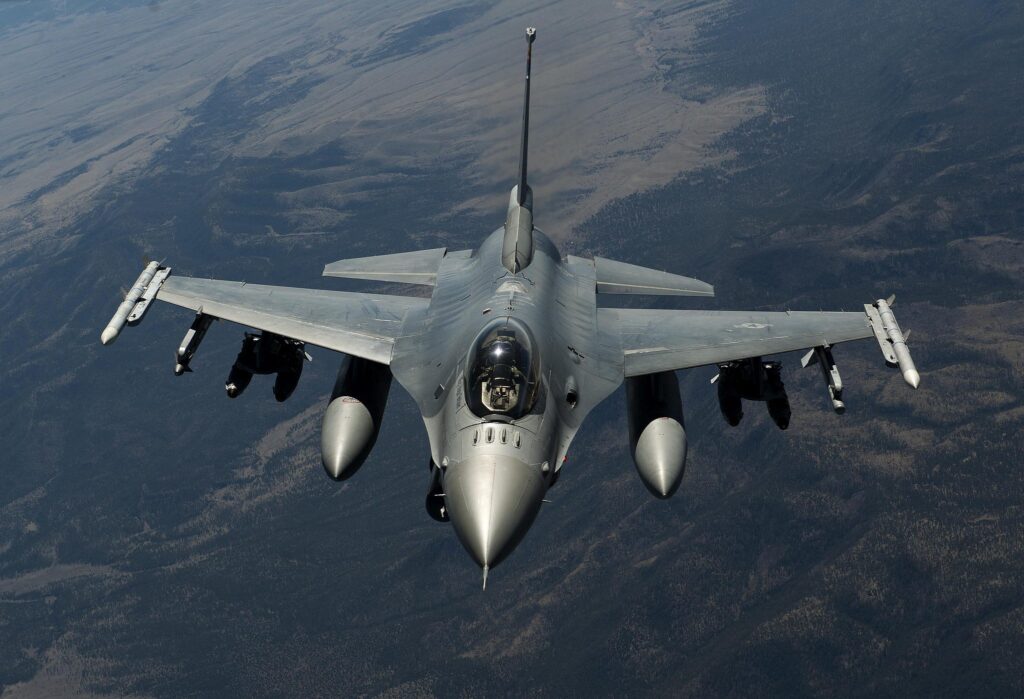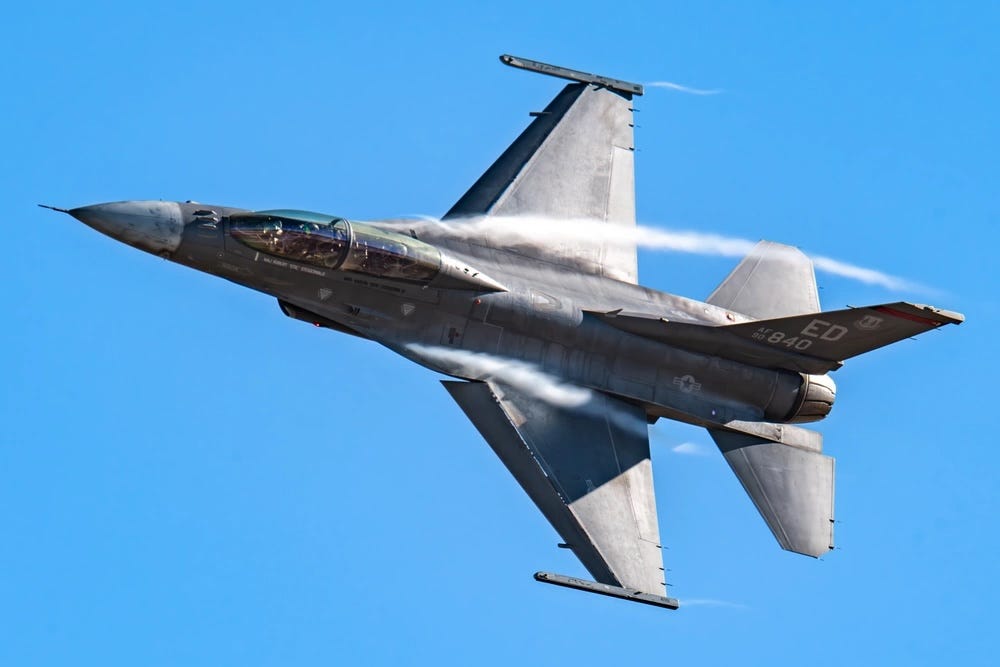- Ukraine is due to receive much-anticipated F-16 fighter jets from its Western allies.
- A former US Marine said Ukraine may face challenges operating and maintaining the jets.
- He said the jets are much more "high maintenance" than the Soviet-era aircraft Ukraine is used to.
As Ukraine awaits the long-anticipated delivery of F-16 jets from its Western allies, experts warn that it may face challenges operating the "high maintenance" aircraft.
Tom Richter, a former US Marine pilot who flew the jets when in the National Guard, told Politico that the F-16 is "a sensitive beast" compared with the Soviet-era aircraft that Ukraine is used to.
"If you ever walked up and put your hands on a MiG-29 at an air show and then walked right over and put your hands on an F-16, you can feel just from the outside how the F-16 is highly engineered," he said.
"It is a prima donna, and it is very sensitive and needs high maintenance," he continued, adding that Ukraine's Soviet-era MiG jets are more "rough and tumble" and require less maintenance.
Yuriy Ihnat, a spokesperson for the Ukrainian Air Force, told Politico that some changes would be needed for Ukraine to operate the F-16 Fighting Falcons.
"Falcons indeed need some adaptation — this is the preparation of the runways because the landing gear is more delicate in the MiGs, the wheels are small, the air intakes are low to the strip, there may be a danger of swallowing objects. But all this can be solved. There are risks for all aviation," he said.

F-16s, which are built by Lockheed Martin, are "a compact, multi-role fighter aircraft" used in air-to-air and air-to-surface combat, per the US Air Force's website.
A coalition of countries led by the US, Denmark, and the Netherlands is helping train Ukrainian pilots and crews to operate and maintain the jets.
A cohort of Ukrainian pilots began training on the F-16 in Denmarks's Skrydstrup Air Base last August, Reuters reported.
Denmark's defense minister, Troels Lund Poulsen, told The New York Times that despite challenges with language and Western military practices, the Ukrainian pilots' training was progressing well and that they were now flying the jets over Danish airspace.
Other countries, such as the UK, are preparing the pilots for the training by providing basic flying and English language lessons.
The UK government said in a press release earlier this week that 10 Ukrainian pilots had graduated from Royal Air Force training and would now be moving on to advanced flying training with the French Air Force before learning to operate the F-16.
There are also about 50 Ukrainian technicians being trained to support and repair the jets, which are so complex that it generally takes eight to 14 people to maintain each one, The Times reported.
One Ukrainian pilot training in Denmark previously praised the jets and said using them was like upgrading from a Nokia to an iPhone.
The pilot said that while the F-16s were "awesome," it has been a challenge adapting to their advanced electronic systems.
Kyiv has long argued that it needs fighter jets to effectively combat Russian forces and has pushed allies to deliver the F-16s as soon as possible.
Of the roughly 45 jets pledged to Ukraine, the first six will be sent by Denmark in the late spring, The Times reported.
